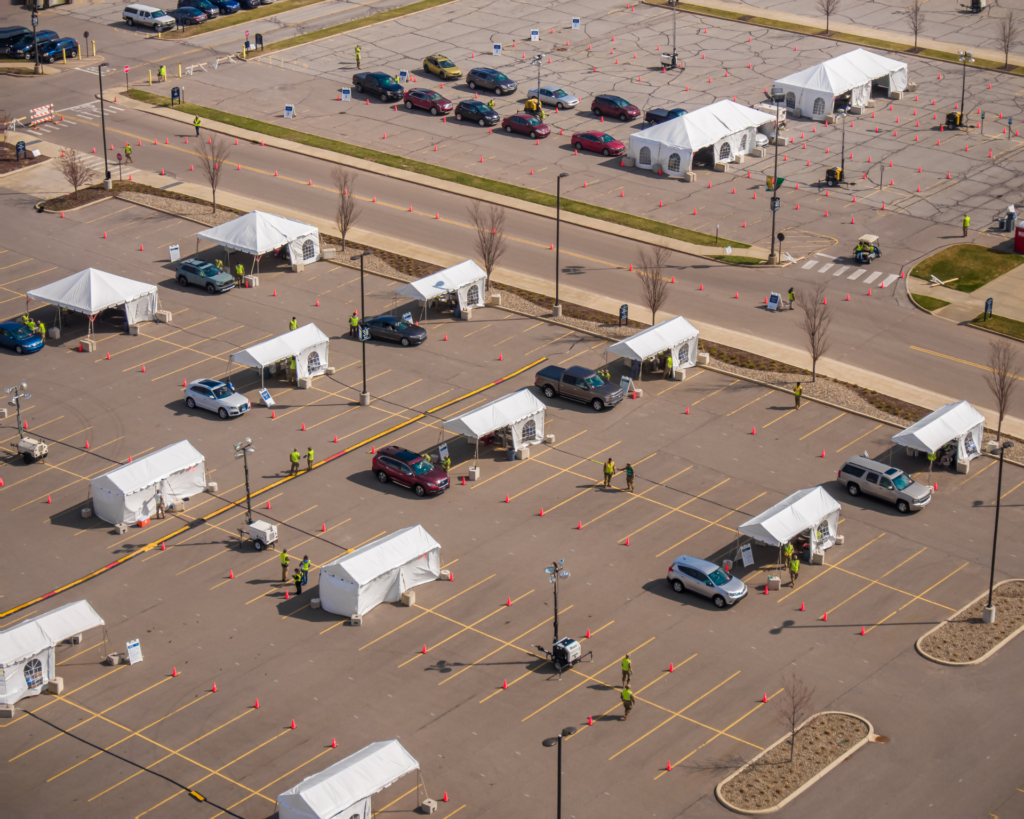Dementia Out in the Country
Rural residents experienced the shortest life expectancy after receiving a diagnosis of Alzheimer’s disease and related dementias.

Read Time: 3 minutes
Published:
Alzheimer’s disease and related dementias (ADRD) are irreversible brain disorders. They impair memory, thinking, and the ability to perform everyday tasks. At any given moment, there are 5.5 million adults already experiencing ADRD. If you brought together ten of your friends, at least one of them would receive a dementia diagnosis after turning 65. The reason the disease is so common relates to its risk factors, chronic conditions like obesity and depression. People with dementia require extensive health care services as they decline.
Momotazur Rahman and colleagues evaluated death rates from ADRD six years after diagnosis. Analyzing data from 553,333 Medicaid recipients, they compared these rates across various health care settings and geographic regions. Rural residents experienced the shortest life expectancy after receiving a diagnosis of ADRD. The researchers found that persons living in the largest cities spent more time in hospitals, and those living in smaller cities and rural areas spent more time living in nursing homes and the least amount of time living in their community.
For adults with ADRD, health care at home represents the setting that leads to the best quality of life for the longest time.
Over the past-ten-years, rural areas have seen 113 hospitals close. Differences in rural life expectancy for persons with dementia could be attributed to differences in hospital use versus nursing home use. The researchers speculate that rural residents use hospitals less due to distance, cost, or other barriers to care. Rural residents might therefore use hospitals only for emergency department visits or other acute services. The researchers note that these findings are consistent with past work demonstrating low hospital use among rural residents.
With less availability of hospital care, nursing homes become sites of acute treatment. In addition, home health care that could increase access to preventative care is also limited in rural areas.
The rural aging population is growing. The average age of residents living in rural counties is seven years older than in urban counties, and in rural areas, adequate health care access remains limited. Persons with dementia who are unable to care for themselves are unable to advocate for themselves. For adults with ADRD, health care at home represents the setting that leads to the best quality of life for the longest time. Congress has supported measures to encourage home health agencies to work in rural areas, and will need to continue to be generous to meet the needs of the elderly.



